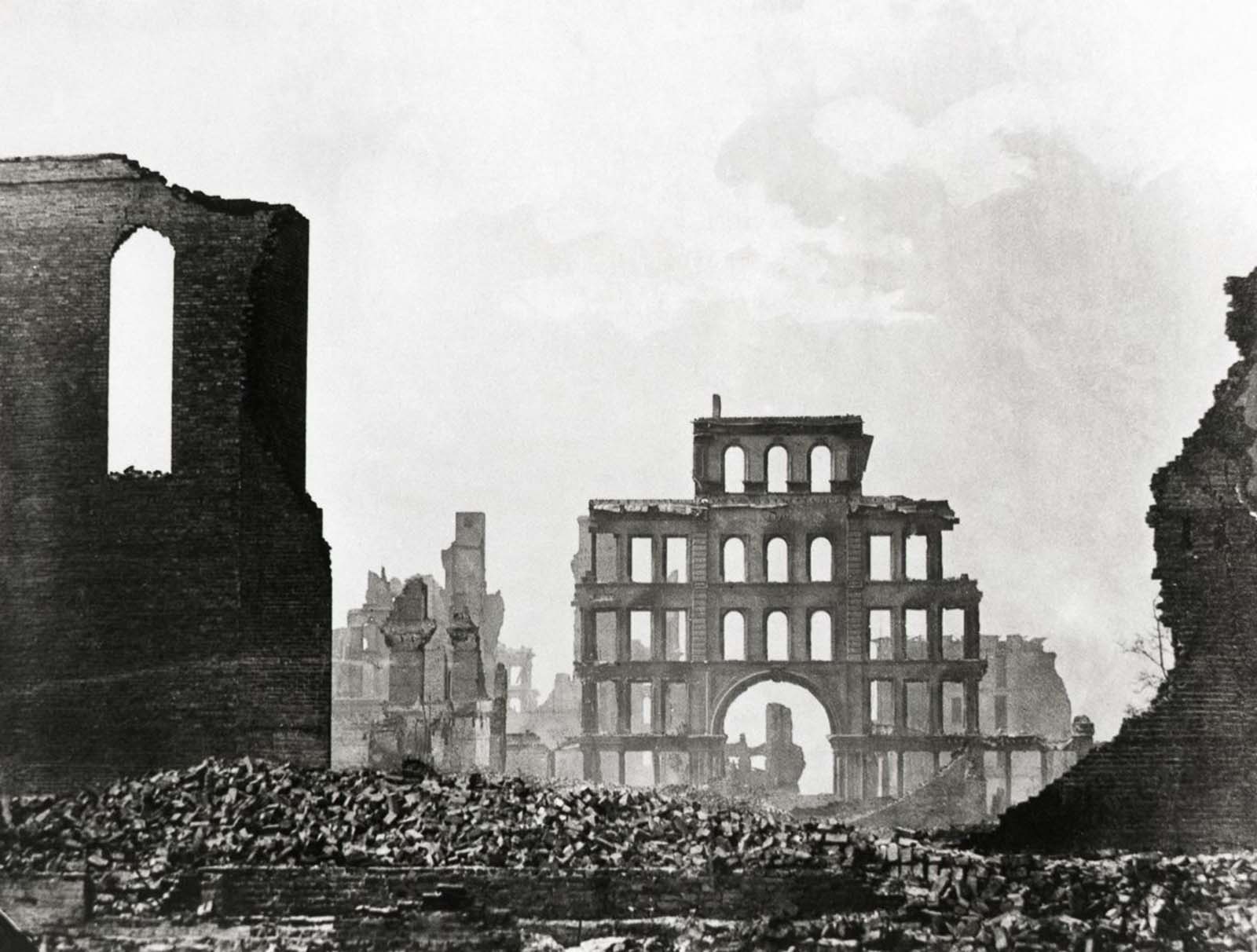Unraveling The Mystery: How Did Chicago Fire End?
The Great Chicago Fire of 1871 remains one of the most catastrophic events in American history, leaving behind a trail of devastation and a city forever changed. This inferno, which raged for three days, resulted in the destruction of over 17,000 buildings and left approximately 300,000 residents homeless. As the flames blazed, fear and chaos engulfed the city, leading to countless tales of bravery and heartache. But as we sift through the ashes of this historic event, one of the most pressing questions arises: how did Chicago Fire end?
The end of the Chicago Fire marks not just the cessation of the flames, but also the dawning of a new era for the city. Despite the overwhelming destruction, the fire sparked an unprecedented wave of rebuilding and innovation. Communities came together to not only restore what was lost but to envision a more modern Chicago. In this article, we will delve into the final moments of the Great Chicago Fire, exploring the factors that led to its conclusion and the aftermath that shaped the city’s future.
In exploring the question of how did Chicago Fire end, we must also consider the broader implications of this disaster on urban planning, fire safety regulations, and community resilience. The narrative of the Chicago Fire is not only one of loss but also one of hope and rebirth. Join us as we uncover the details surrounding the end of this infamous blaze and its lasting legacy.
What Were the Causes of the Chicago Fire?
The Great Chicago Fire was fueled by a combination of factors, including dry weather conditions, wooden buildings, and a lack of firefighting resources. The fire began in a small barn owned by the O'Leary family and quickly spread due to the wind and the city's layout.
How Did the Fire Spread So Rapidly?
The rapid spread of the fire was exacerbated by:
- Strong winds that carried embers across the city.
- Dry conditions that made the city’s wooden structures highly flammable.
- Poor firefighting infrastructure and resources at the time.
What Role Did Weather Play in the Fire's Duration?
Weather played a significant role in the fire's endurance. Following the initial outbreak, the winds shifted, which helped to fan the flames and prolong the fire's existence. Rain finally arrived on the third day, which ultimately helped to extinguish the blaze.
How Did Chicago Fire End?
As the fire reached its peak, firefighters struggled to contain it. The relentless flames consumed entire neighborhoods, but on the evening of October 10, 1871, rain began to fall, marking a turning point in the disaster. This precipitation, albeit light, was enough to dampen the flames and provide a crucial window for firefighters to regain control.
What Actions Were Taken to Combat the Fire?
In response to the escalating situation, several measures were implemented, including:
- Evacuating residents from high-risk areas.
- Setting controlled backfires to create firebreaks.
- Utilizing whatever water sources were available, despite the city's depleted water supply.
What Happened After the Fire Was Put Out?
Once the fire was extinguished, Chicago faced the monumental task of rebuilding. The aftermath included:
- A significant loss of life and property.
- Implementation of stricter building codes.
- The establishment of a more organized firefighting force.
How Did the Fire Change Chicago's Landscape?
The Great Chicago Fire reshaped the city's landscape significantly. Many of the structures that were rebuilt were made of brick and stone, leading to a more fire-resistant urban environment. This transformation also encouraged architectural innovation, such as the development of skyscrapers.
What Lessons Were Learned from the Chicago Fire?
The lessons learned from the Great Chicago Fire have had a lasting impact on urban planning and fire safety. Key takeaways include:
- The importance of fire-resistant building materials.
- Implementing fire safety regulations and procedures.
- The necessity of community preparedness for emergencies.
What Legacy Did the Chicago Fire Leave Behind?
The legacy of the Chicago Fire extends beyond the physical reconstruction of the city. It fostered a spirit of resilience among Chicagoans and established a commitment to safety that continues to this day. The city emerged from the ashes stronger and more unified, leading to its eventual status as a thriving metropolis.
In conclusion, the question of how did Chicago Fire end is not merely about the moment the flames were extinguished. It encompasses the collective efforts of firefighters, the fortitude of the community, and the transformation that followed. The Great Chicago Fire serves as a poignant reminder of the vulnerability of urban environments and the resilience that can emerge from tragedy.
Understanding The Southport Stabbing Incident: A Deep Dive
Unraveling The Departure Of Rachel Zane From Suits
Unveiling The Life Of Samuel L. Jackson's Son: A Journey Beyond The Spotlight


